03/05/2024 - 270 lượt xem
Within the framework of the Macroeconomic Reforms/Green Growth Programme implemented by the German International Cooperation Organization (GIZ) in Viet Nam, Central Institute for Economic Management (CIEM) organized a workshop to release the findings of the research "Creative Economy Development: Trends, International Experiences, and Policy Recommendations for Viet Nnam". Economic specialists, officials from agencies, research institutions, foreign organizations, and news agencies all attended the meeting. The workshop was chaired by Dr. Tran Thi Hong Minh, the President of CIEM.

Dr. Tran Thi Hong Minh given the workshop's opening remarks
Tran Thi Hong Minh stated in her opening speech that, as the Government's and the Ministry of Planning and Investment's leading research and advisory agency, CIEM has continuously researched and proposed comprehensive economic institutional reforms to restructure the economy in the direction of improving growth quality, competitiveness, and labor productivity, as well as research, advice on the development of new economic models. The first important ideas and policy proposals on the sharing economy, the night-time economy, the circular economy, and more recently, the creative economy have been initiated, completed, and submitted to all levels, including the Ministry of Planning and Investment, the Government, and the National Assembly, to institutionalize into specific economic policies.
Dr. Tran Thi Hong Minh emphasized that by focusing on leveraging ideas, human creativity, and protecting intellectual property from the creative process, the creative economy has proven its enormous potential, which can even be described as "boundless," and Viet Nam has recognized the creative economy's development potential. The CIEM research paper provides a complete and exhaustive evaluation of creative economic activities, including traditional and modern models..
This is Viet Nam's first report, and CIEM looks forward to hearing the viewpoints of experts and guests in order to share, collaborate, and assist CIEM in the process of developing the creative economy in Viet Nam in the future, particularly as it develops a National Creative Economy Strategy.
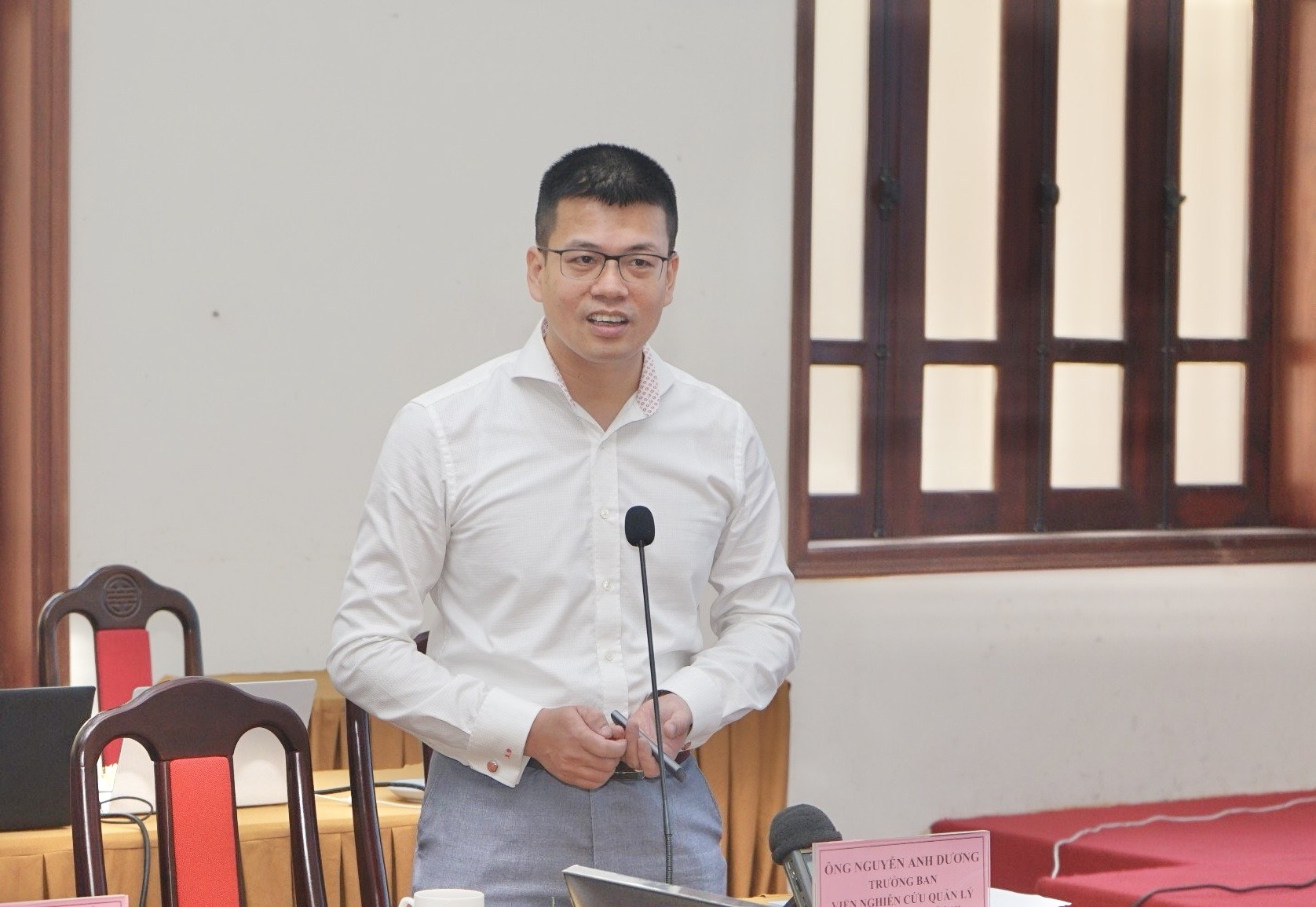
Mr. Nguyen Anh Duong, Head of Department for General Economic Studies – CIEM
On behalf of the research team, Mr. Nguyen Anh Duong, Head of Department for General Economic Studies - CIEM, delivered a report summary. The report focuses on key topics such as: examining the concept and connotation of creative economy; some trends in creative economic development; international experience in developing creative economy; the current state of creative economy in Viet Nam; and policy recommendations.
Mr. Duong stated that in recent years, the creative economy has made tremendous progress, as seen by its ability to create employment, drive innovation, and contribute to social welfare. According to UNCTAD statistics, the worldwide market for creative goods grew at an average rate of 2.28% per year from 2011 to 2020, reaching 16.56% in 2021. Between 2011 and 2020, total worldwide creative services exports rose at an average annual rate of 8.14%. Viet Nam has made beginning steps to get access to creative industries and services. According to UNCTAD data, Viet Nam has exported a significant amount of creative goods. However, Viet Nam should learn from the experiences of both developed and developing countries in establishing the creative economy, particularly in terms of approaching creative economy development with a profound understanding of the value of this economic model, building and improving institutions and policies for creative economy development, promoting good examples, perfecting the theoretical foundation and information system for measuring the creative economy, attracting talent associated with developing the education and training system to serve the creative economy, and developing creative industry networks and clusters.
Viet Nam initially had a policy framework focused on development of creative economy. Existing policy groupings include general policies as well as sector-specific policies. Tax incentives, research and technology policies, competition, and intellectual property protection policies are among the policies that are already in place. A number of rules and laws have been completed, and they effectively satisfy the conditions for creative economy development. For example, Viet Nam's intellectual property protection regulations have been completed in accordance with international commitments and best international practices, providing property owners with motivation and peace of mind as they promote creativity and intellectual property in the creative economy.
The report analyzed strengths, weaknesses, opportunities and challenges for creative economy development in Viet Nam. Strengths include: rich and diverse cultural heritage; young, dynamic and technologically proficient population; positive policy changes towards new economic models. Weaknesses include inherent funding constraints, particularly in traditional creative sectors; a lack of many creative economy skills in many creative groups (particularly middle-aged and elderly people, women, and localities with difficult socio-economic conditions, among others); and inadequacies in "hard" and "soft" infrastructure for creative economy development. Viet Nam offers significant prospects for creative economy development due to digital revolution, a robust recovery and rise in the tourist industry, a relatively big local market, and international collaboration. Viet Nam must also deal with issues such as worldwide market competitiveness, adaptation to fast technological development, and so on.
In addition, the paper makes recommendations for the future development of Viet Nam's creative economy. First, Viet Nam must develop a robust legislative framework to foster the creative economy, which includes providing space, incentive, and peace of mind for creative entities. Second, spend more in infrastructure and digital technologies. Third, improve education and skills training. Fourth, encourage collaboration and connections. Fifth, continue to expand the local and worldwide markets for Vietnamese creative goods. Sixth, promote sustainability and social responsibility in creative firms. Furthermore, the report presents specific suggestions to the National Assembly, the Government, ministries, branches and local governments, industry groups, and the business community for the successful development and implementation of a National Creative Economy Strategy.
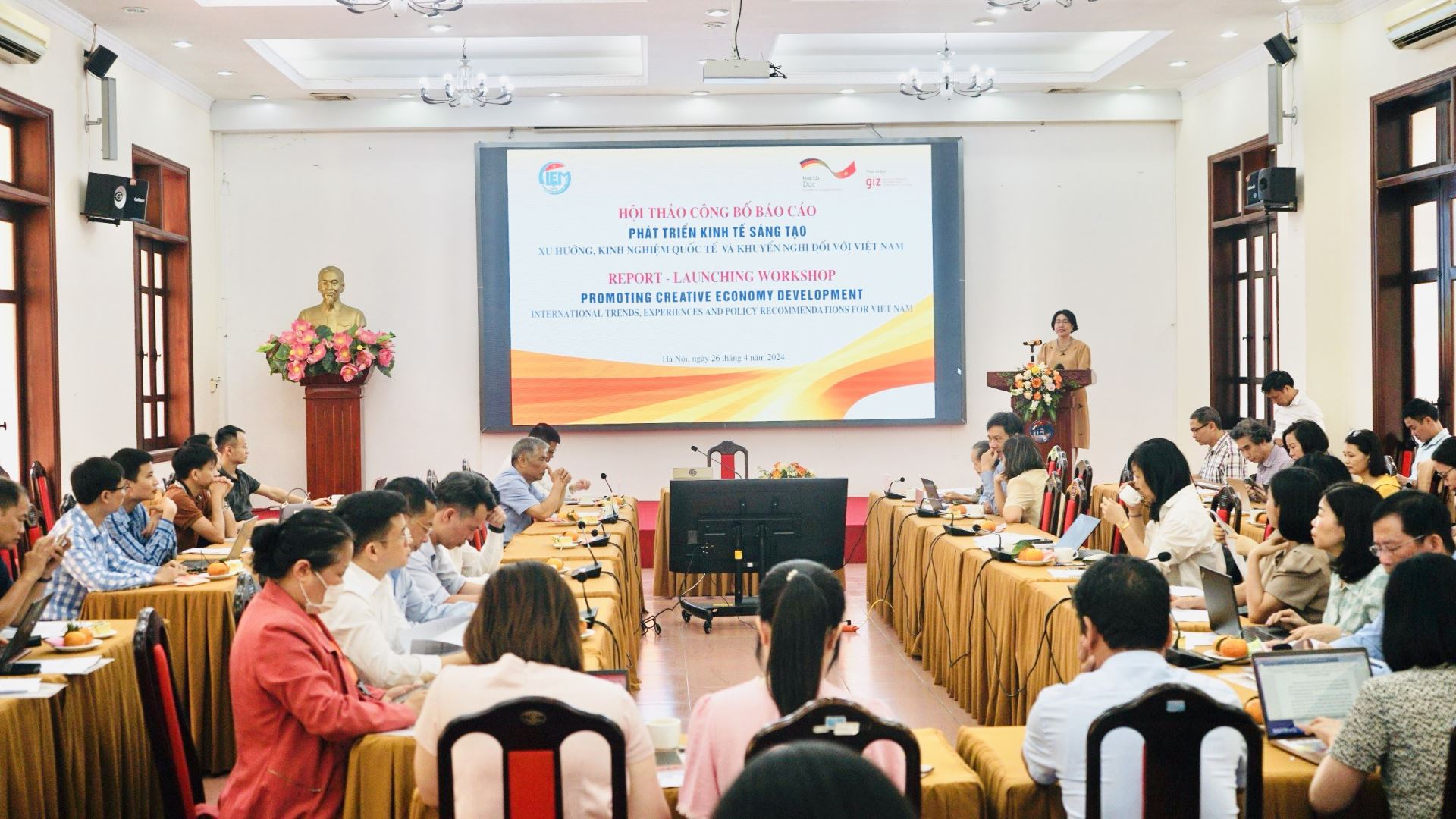
Overview of the Workshop
Experts spoke during the session, including Ms. Pham Chi Lan, Associate Professor, PhD. Le Xuan Ba, Former President of CIEM, and PhD. Le Duy Binh, CEO of Economica Vietnam. In general, experts praised the creative economy theme, report content, and gave feedback for the research team to evaluate and enhance the research's findings.
Within the event, experts and delegates discussed the current state of creative economy activities in Viet Nam, opportunities and challenges, and the need to improve the system of mechanisms, policies, and databases, as well as collaboration with international organizations and partners, in order to develop the creative economy in Viet Nam in the future.
Closing the workshop, Dr. Tran Thi Hong Minh expressed gratitude to the German International Cooperation Organization (GIZ) for assisting CIEM in conducting research, and the experts, scholars, agencies, as well as organizations who participated in the consultant activity and shared many valuable opinions and information to help CIEM continue to perfect the report.
Source: Center for Socio-Economic Information

Ngày 23/4/2025, tại Hà Nội, Viện Nghiên cứu Chính sách và Chiến lược (Ban Chính sách, chiến lược Trung ương) và Tạp chí Kinh tế Việt Nam phối hợp tổ chức Diễn đàn Nhịp ...

Ngày 1/4/2025, Viện Nghiên cứu Chính sách và Chiến lược đã tổ chức Hội nghị công bố Quyết định của Trưởng Ban Chính sách, chiến lược ...
.jpg)
Chiều ngày 19/03/2025, TS. Trần Thị Hồng Minh, Viện trưởng Viện Nghiên cứu Chính sách và Chiến lược đã có buổi làm việc với TS. Trương Minh ...

Sáng ngày 7/3/2025, Viện Nghiên cứu Chính sách và Chiến lược đã tổ chức gặp mặt để chúc mừng nữ viên chức, người lao động ...
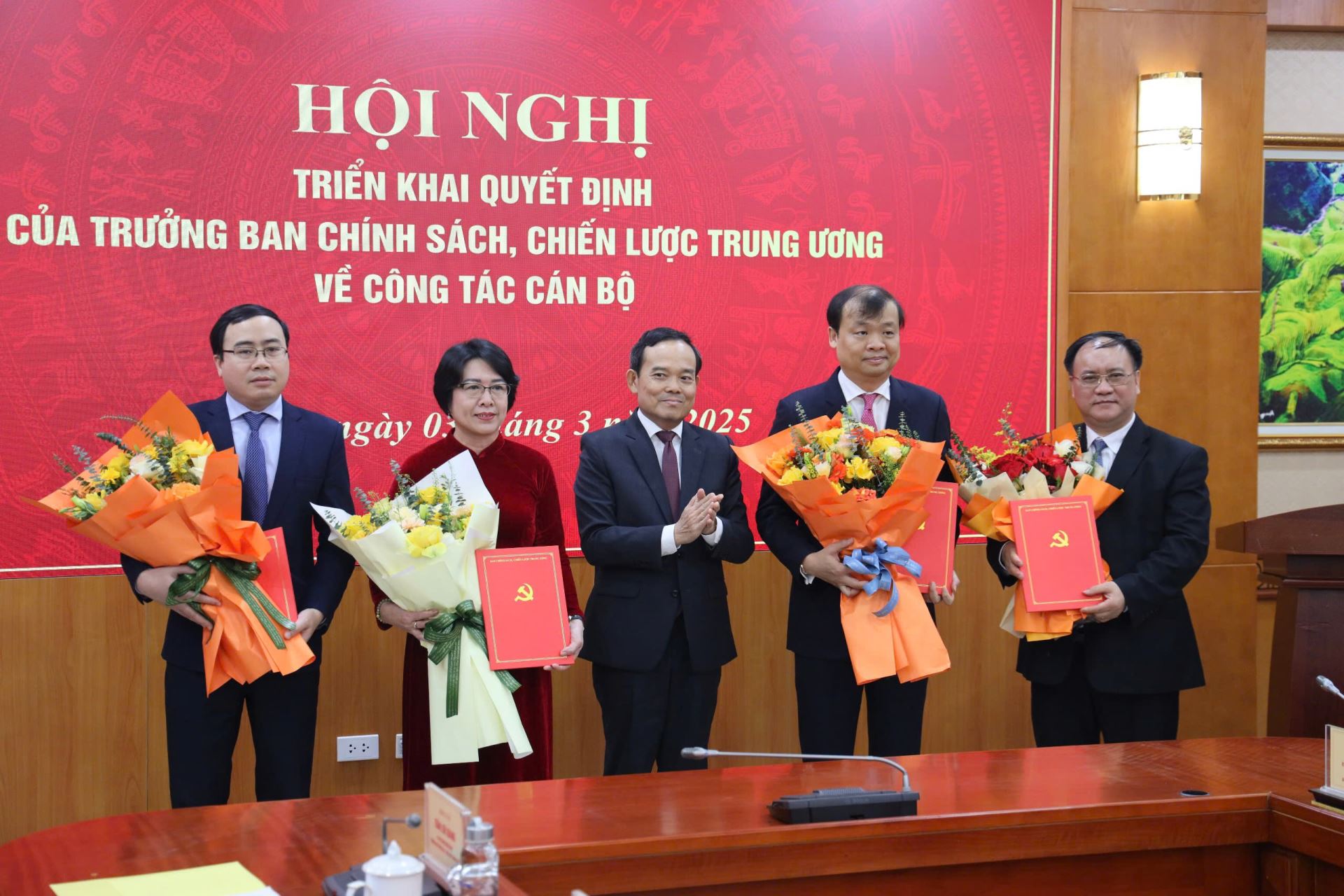
Sáng ngày 03/03/2025, tại trụ sở Ban Chính sách, chiến lược Trung ương đã diễn ra Hội nghị triển khai Quyết định của ...
.jpeg)
Sáng ngày 28/02/2025, Lãnh đạo Ban Chính sách, chiến lược Trung ương đã có buổi làm việc với Lãnh đạo Bộ Kế hoạch và Đầu tư và Lãnh ...

Ngày 19 tháng 02 năm 2025 tại Thành phố Đà Nẵng, Viện Nghiên cứu quản lý kinh tế Trung ương (CIEM), với sự hỗ trợ của Tổ chức Lao động Quốc tế (ILO) ...
.jpg)
Sáng ngày 17/01/2025, Viện Nghiên cứu quản lý kinh tế Trung ương (CIEM) tổ chức buổi gặp mặt truyền thống các thế hệ cán bộ, viên chức của Viện nhân dịp đón ...
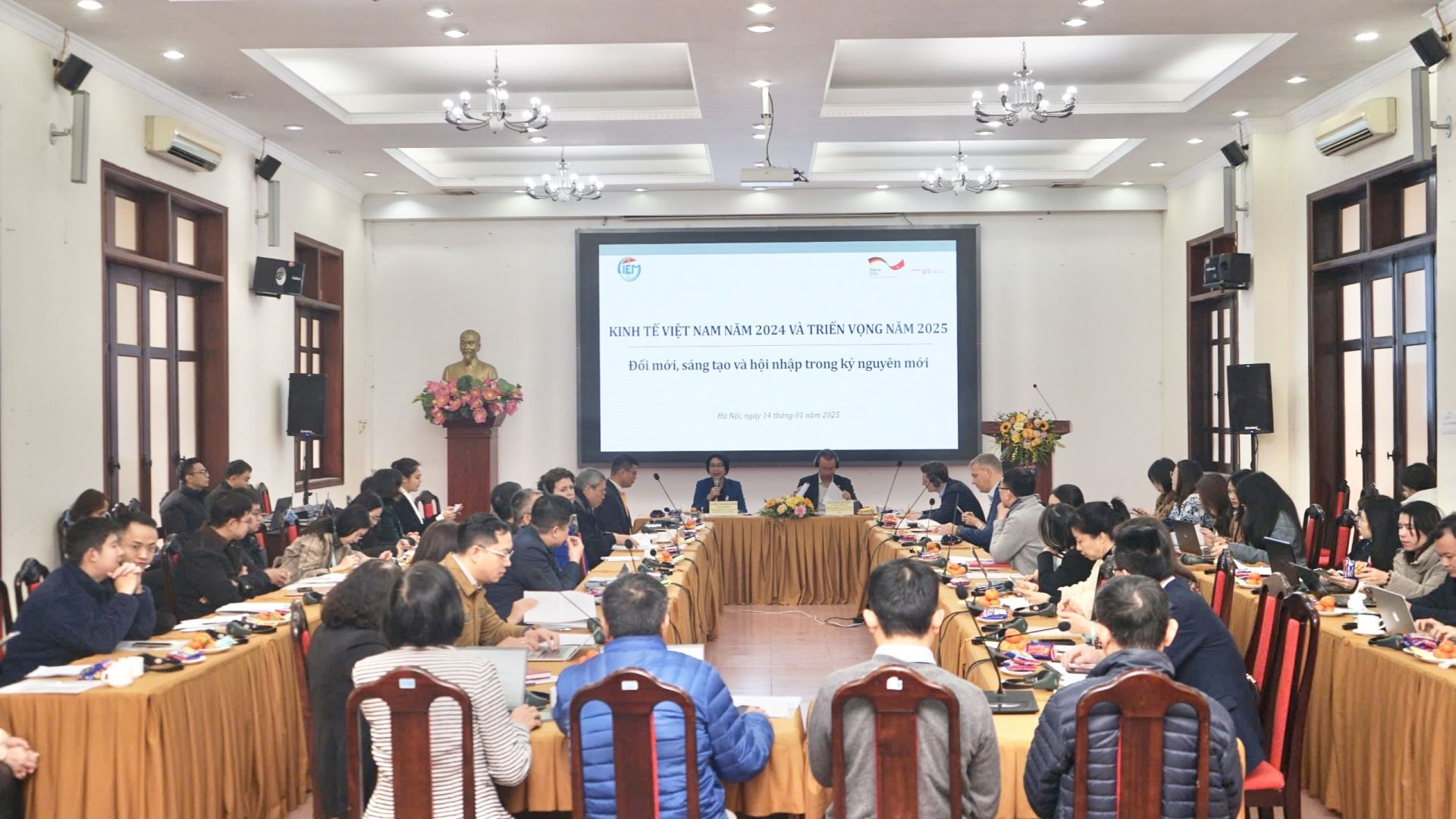
Trong khuôn khổ Chương trình Cải cách kinh tế vĩ mô/Tăng trưởng xanh do chính phủ Đức tài trợ, Viện Nghiên cứu quản lý kinh tế Trung ương (CIEM) phối hợp với Tổ ...
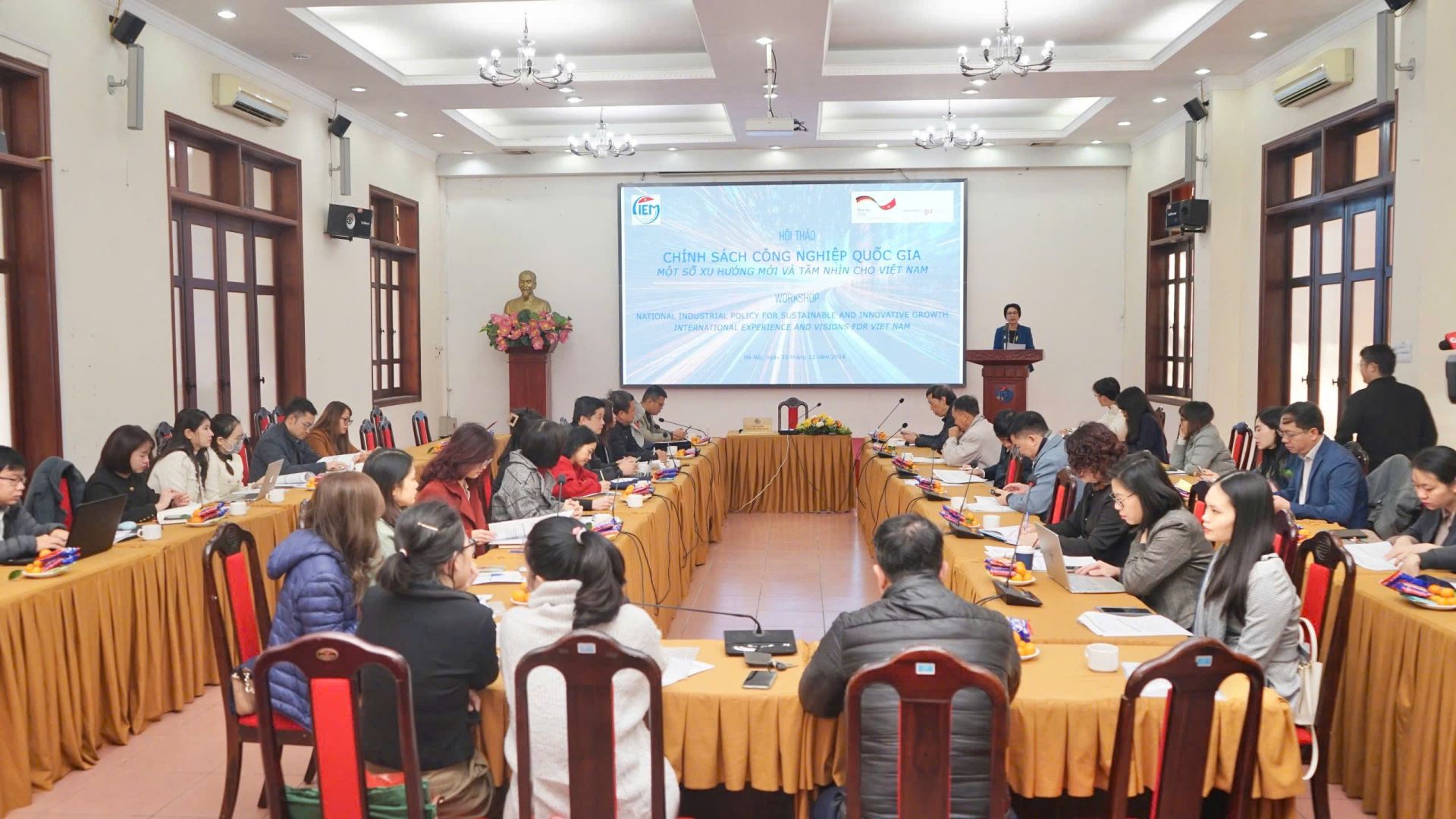
Trong khuôn khổ Chương trình Cải cách kinh tế vĩ mô/Tăng trưởng xanh do Bộ Hợp tác kinh tế và phát triển Liên bang Đức tài trợ thông qua Tổ chức Hợp ...
